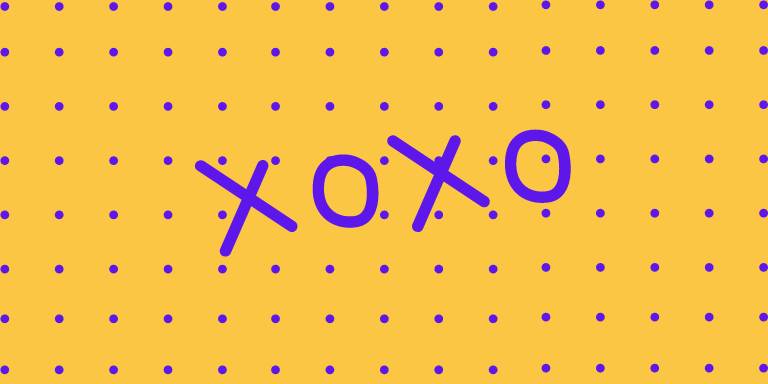How to end an email in English
When you write an email in English, are you ever unsure which sign-off to use? In other words, are you ever unsure how to end an email?
Are you being too formal? Not formal enough?
In this business English lesson, you’ll learn 10 ways to end your email that can be used whether you need to be formal, professional, informal and/or friendly.

Lesson by Kerin. Updated Feb 2022
10 ways to end an email in English
Is using the right sign-off* in email important? In a word, yes!
sign-off (noun) the conclusion of a letter, email, text, broadcast etc
What’s the point taking time to write a clear and effective email, only to ruin it by closing with the wrong sign-off?! Having said that, finding the right tone to close your email can be very difficult when English is not your first language.
This article will help clarify which sign-off to use in which situation.
Your starting point:
The first thing to do is consider the context: formal or informal?
A friendly informal sign-off is best when emailing a friend or close colleague. However, it might not work in a strictly professional correspondence, a distant acquaintance or someone you’ve never met before.
Therefore, the first thing to establish is: do you need a formal or informal sign-off?
1. The safe sign off: Regards
You can never really go wrong using Regards. (So if in doubt, go with it!) It is not overly formal but it is professional. It may be a bit stodgy* but it works because it is brief and neutral.
*stodgy means dull and uninspired
2. The friendly blend: Best wishes
Another classic! Best wishes is a good mix between formality and friendliness, but make sure it fits in with the tone of the email you are writing (it may not fit every occasion).
3. The polite-informal: Many thanks
I personally use this a lot when I genuinely appreciate the recipient’s effort, time or interest. This is an upgrade of simply closing with ‘Thanks’ (which is also an acceptable sign-off to express gratitude).
Many thanks goes that extra step and is a good one to use when you perhaps know the person fairly well in a professional context, but you aren’t exactly friends. It’s there in the middle between being friendly and formal.
4. The friendly responder: Cheers
Cheers is quite likely to get a response as it is friendly, conversational and undemanding. Again though, consider if it is appropriate for the email you are writing. Cheers can seem out of place in a formal setting. So before using it, ask yourself: Does it make sense in this context?
Another thing to consider is that Cheers is a word used heavily by the British and Australians. It may seem strange to use it if you are not talking to an actual Brit or Aussie!
5. The cheerful common one: Best
Best is a totally safe way to end an email and I highly recommend it. Almost everyone uses this, which makes it safe in that it is familiar. It’s the friendlier version of ‘Regards’ in that you can’t really go wrong with it.
However, if you want your message to stand out* and get someone’s attention, it may seem a little bit dull.
*to stand out means to be very noticeable and to be better than the average
6. The expectation setter: Thanks in advance
This sign-off expresses gratitude but it also sets an expectation. You are clearly saying that you will be grateful WHEN the person you are emailing delivers on something. This can be a highly effective sign-off.
But use with care! In more formal circumstances it may come across as being too pushy* or overly demanding.
*pushy means excessively or unpleasantly self-assertive or ambitious.
7. The formal classic: Sincerely
Sincerely conveys the right tone for any formal correspondence. However use it sparingly*. If used in more casual business emails, you will appear old-fashioned or stuffy*
*sparingly means in small quantities
*stuffy means conventional and narrow-minded
8. The hint of formality: Best Regards
Best Regards is a more formal way to end an email than the ubiquitous* “Best.” You can use this when you want a note of formality but want to be warmer than just Regards
*ubiquitous means present, appearing, or found everywhere.
9. The casual invite: Speak soon
This is definitely in the more casual camp, and it’s a nice way to say that you expect to speak to someone soon or that the issue in the email needs a discussion.
Watch out though, if you don’t intend to actually speak soon don’t use it or you will appear insincere.
10. The big no-no*: any acronym or shortened slang
When you end an email avoid slang and acronyms, like TTYL (“talk to you later”) or TAFN (“that’s all for now”) or Rgds (Regards).
These are unprofessional and confusing. This isn’t a conversation happening in a messaging app. Just. Don’t!
*a no-no means a thing that is not possible or acceptable.


ps. Want to improve your English and move towards English proficiency? Discover all my courses here

